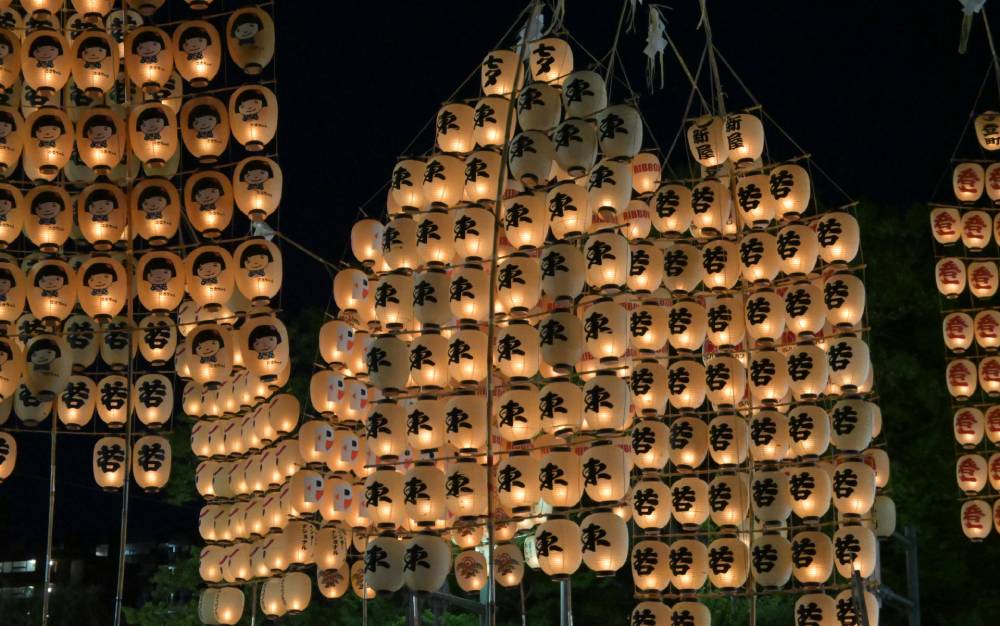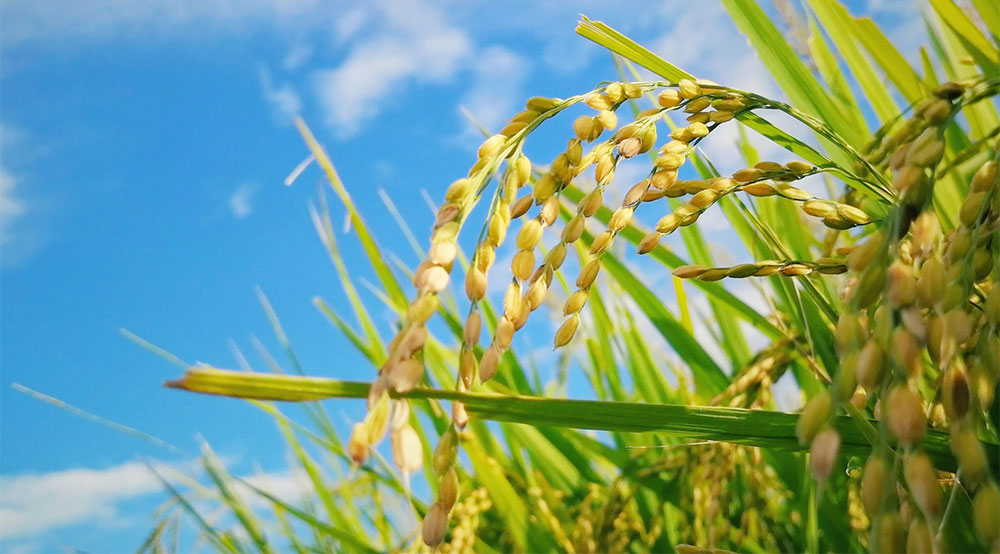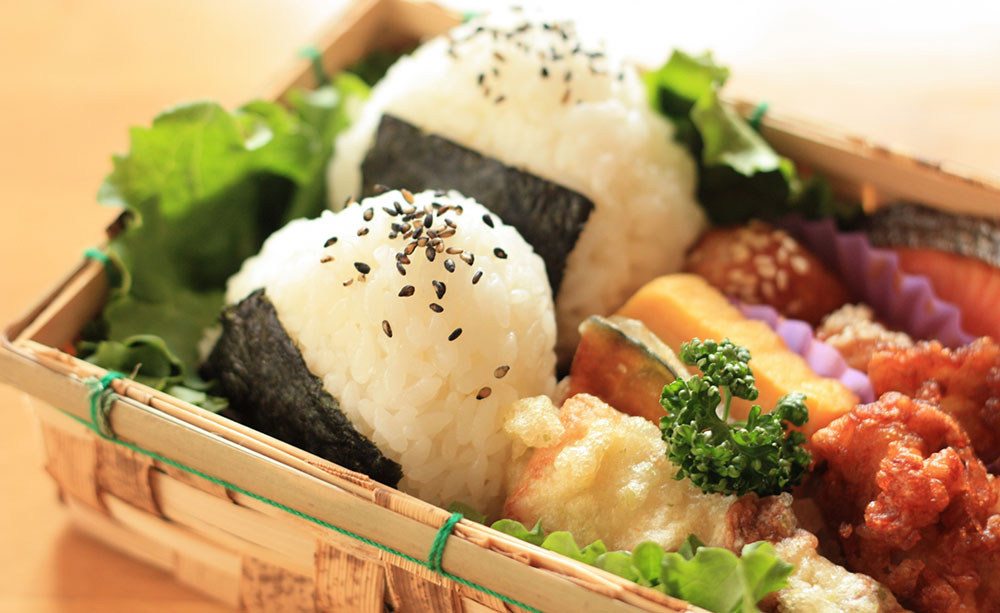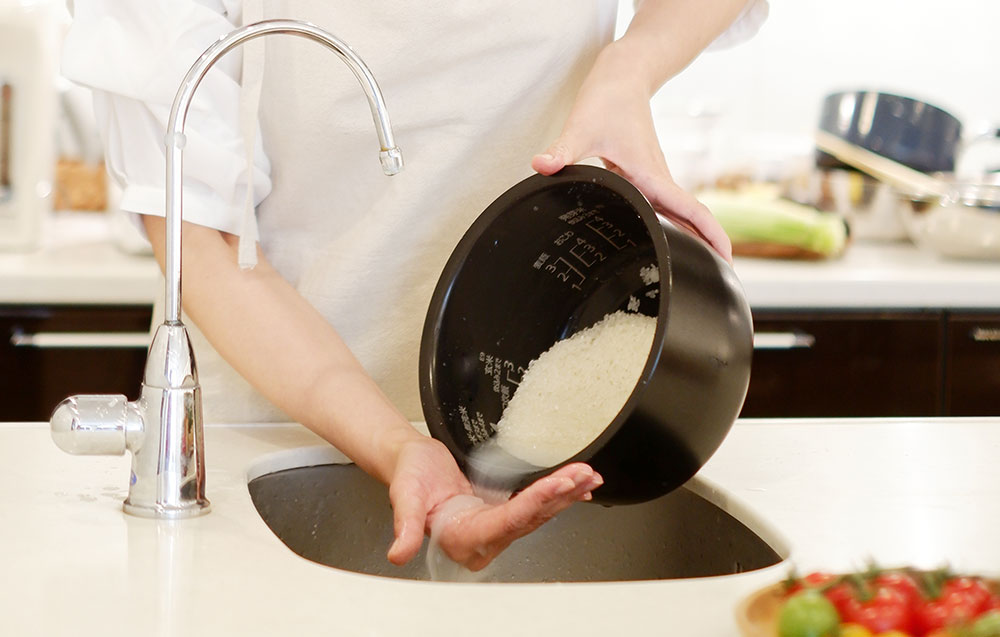Japanese Rice “Akita Komachi”. Characteristics and Cooking Tips

Is “Akita Komachi” delicious?
“Akita Komachi” is the famous Akita rice in Japan. Let’s learn the characteristics of “Akita Komachi” and the key points on how to cook it.
Knowing these will enrich your meals.
Akita-Komachi” is a brand of rice that has received high acclaim, including an extra “A” rating in the “Rice Taste Ranking”.
This article is about
- What are the characteristics of “Akita Komachi”?
- Is “Akita-Komachi” delicious?
- What kind of side dishes does it go well with?
- What is the point of cooking?
- What is the relationship between “Akita-Komachi” and Ono-Komachi?

Here’s everything you need to know before eating Akita Komachi!
Main Production Area of “Akita-Komachi”

Above photo is Akita Kanto Festival.
The main production area of “Akita-Komachi” is Akita Prefecture. “Akita-Komachi” is grown in about 80% of the rice paddies in Akita.
“Akita-Komachi” is also grown in Iwate, Ibaraki, and Chiba prefectures.
In 2008, Akita Komachi accounted for 6.8% of the total area grown in Japan. It was the fourth-largest planted area in Japan.
“Akita Komachi” was developed by just two people

Akita-Komachi” was born in Akita Prefecture, Japan. In 1975 the rice variety development project started with only two people, the head of the department and a researcher, who had no experience in variety development.
Taking a cue from “Koshihikari” and “Sasanishiki,” which had become popular nationwide as brand-name rice since that time, the following goals were set for the development of the variety.
- Maintains the good taste of Koshihikari
- Resistant to downfall
- Less susceptible to a disease called rice blast
- Can be grown even in Akita, where it is very cold
Through a process of trial and error, one day, at the Fukui Prefectural Agricultural Experiment Station, they received one plant of a cross between “Koshihikari” and “Ou No. 292”, a variety resistant to rice blast and cold damage, that they thought would be suitable for cultivation in Akita.
Based on this one strain, further trials and errors were conducted, and in 1982, a new variety, “Akita 31,” was born. After repeated trial and error and trial and error, “Akita-Komachi” was born in 1984. It took nearly 10 years to develop “Akita-Komachi”.
In a taste test to evaluate the taste of rice (the higher the value, the higher the evaluation), “Sasanishiki” was 0.5-0.6 and “Koshihikari” 0.7-0.8, while “Akita Komachi” at its debut was 0.944, and was rated higher than the two major brands upon its debut.
Origin of the name “Akita-Komachi”
It is named after Ono no Komachi, a Heian period (794 – 1185) poet and one of the three most beautiful women in the world.
Ono Komachi is said to have been born in Yuzawa City, Akita Prefecture.
It is hoped that “Akita-Komachi” will be loved by everyone for many years just like Ono no Komachi.
Features of “Akita Komachi”
“Akita Komachi” is said to have the following characteristics.
- It has the sweetness and flavor of Koshihikari
- The sweetness is light and has a light aftertaste
- Good balance of umami, sweetness, and stickiness
- Firm texture
- Even brown rice, half-milled rice, or sprouted brown rice has sticky and good texture
- Glossy and clear appearance.
- Good aroma after cooking.
- Delicious not only when cooked, but also when cold

It has a firm texture and light flavor compared to other brands.
Received an “Extra A” rating in the “Rice Taste Ranking”
It has been awarded “Extra A” in the “Rice Taste Ranking” published by the Japan Grain Inspection Association since 2012.
What is “Rice Taste Ranking”?
“Rice Taste Ranking” has been conducted annually since 1971. In the test, a blend of Koshihikari rice from multiple production areas was used as the reference rice and compared to the variety from the area under the test.
The rice is evaluated as follows: “A'” for rice that is generally equivalent, “extra A” for rice that is particularly better than the standard, “A” for rice that is good, “B” for rice that is slightly inferior, and “B The results are compiled and published as a taste ranking every year.
A delicious way to eat

Its refreshing flavor makes it a perfect match for any side dish, whether Western or Japanese. It tastes good even when cold and is suitable for lunch boxes and onigiri (rice balls). Its firm texture also makes it tasty in fried rice.
Cooking Tips
The taste of Akita Komachi depends greatly on how it is cooked. If you are worried about the rice is dry, please try some points.
(1) Rinse the rice well

Generally, rice-milling technology has improved, so there is no need to rinse the rice well. However, if the rice seems dry after cooking it, try to rinse the rice well.
If the rice is too hard, the rice grains will become scratched and absorb more water. By rinsing the rice thoroughly, small scratches are made on the rice grains and water absorption is enhanced.
If the rice is rinsed too hard, it may crack or shatter, so it is sufficient to lightly rub the rice against each other. Change the water only 2 to 3 times. If the water is changed too much, the flavor of the rice is lost.
(2) Soak the rice in water for at least 30 minutes
Soak rice in water thoroughly before cooking. The standard is 30 minutes in summer and 60 minutes in winter.
If you are worried about the rice is dry, increase the soaking time.
(3) If the rice is dry, cook it with a little more water
If the rice is dry, try cooking it with 10-20% more water than usual.
(4) Cook rice with ice
Rice tastes better when it takes a long time to boil. Therefore, adding ice before cooking rice will result in tasty rice. Please reduce the amount of water for the ice.
The market price
The approximate price of “Akita Komachi” is as follows in Japan.
- 2 kg (4.4 lbs): 1,000 to 2,000 yen
- 5 kg (11 lbs): 2,500-3,000 yen
- 10 kg (22 lbs): 4,000-5,000 yen
- 30 kg (66 lbs): 10,000-13,000 yen

Enjoy the taste of “Akita Komachi!”
Reference: 公益社団法人 米穀安定供給確保支援機構 平成30年産水稲の品種別作付動向
 コメント
コメント
 ホーム
ホーム 2023年1月29日
2023年1月29日

